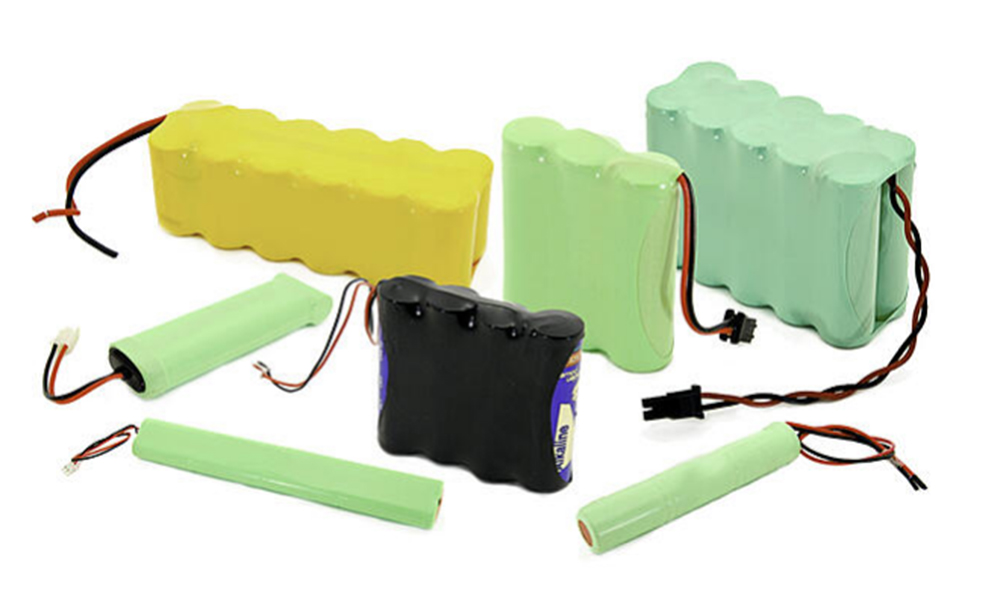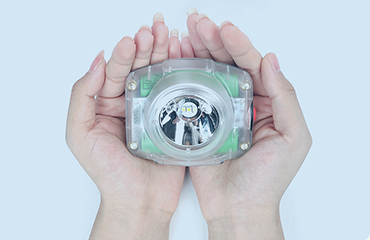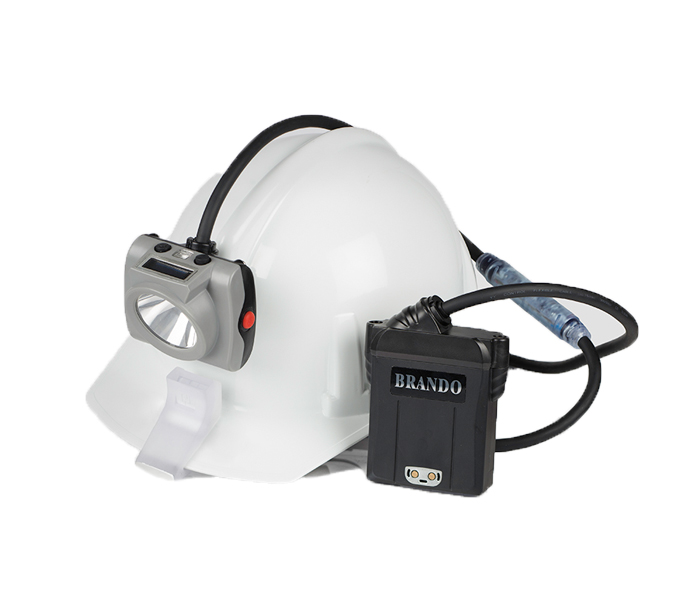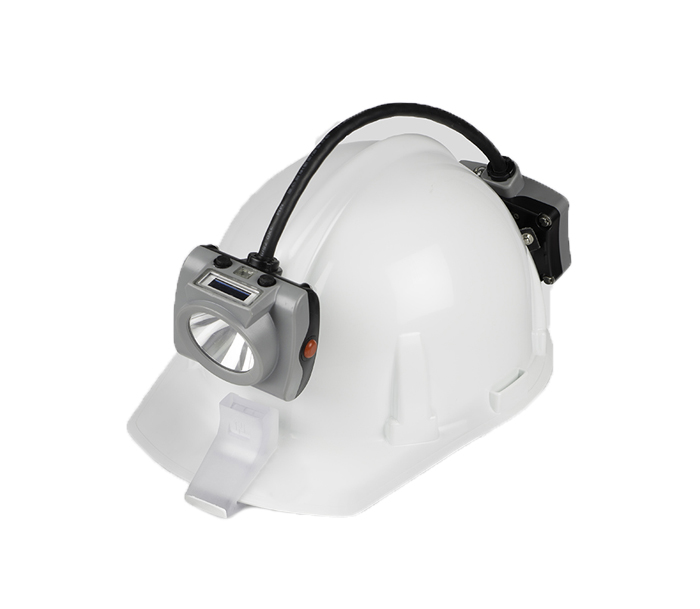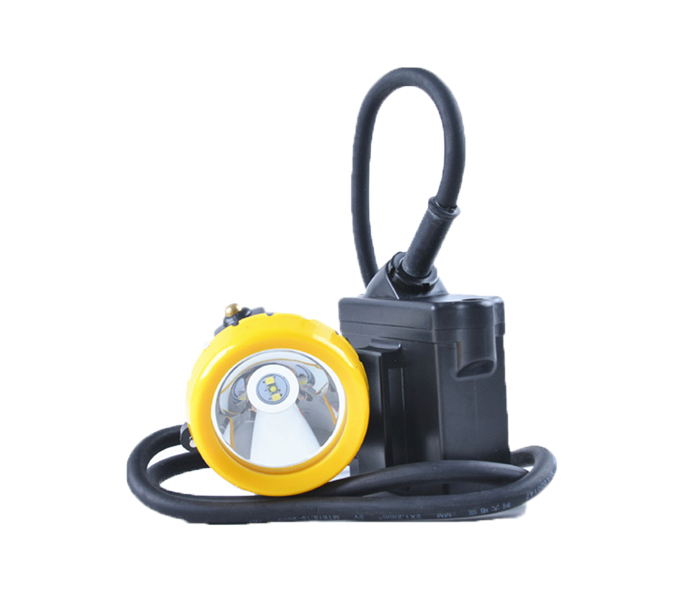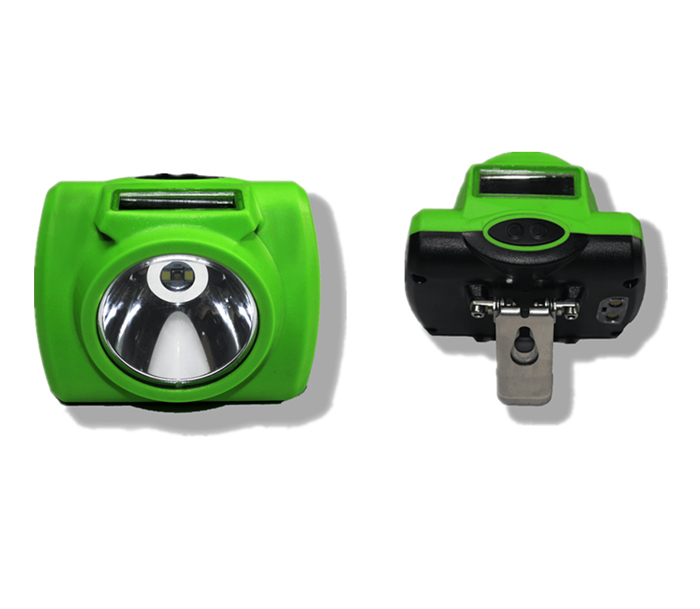Extending Battery Pack Life Through Proper Care
Battery packs - especially rechargeable ones - are assets that we tend to take for granted until it's far too late. One minute your battery pack is operating at peak efficiency, the same as it always has. The next minute, it only lasts a fraction of the time it once did between charges and you just can't figure out why.
Luckily, the answer is simple: it likely has to do with how you were using the battery, how you were storing it, or in a lot of cases, both.
But thankfully, all hope is not lost. If you truly want to extend the life of your battery pack for as long as possible, proper care is and will always be the way to go. These best practices will naturally depend on what type of battery you're talking about, and because of that, require you to keep a few key things in mind.
What Are The Best Storage Practices For Rechargeable Batteries?
There are a few main things that you can do to significantly extend the life of your battery pack - both in terms of how you use it, and more importantly, how you store it when it's not in use.
As a rule of thumb, try to stop the charge of your battery pack from running all the way down to 0%. Experts agree that you really shouldn't let it drop below about 20% for the best results. But keep in mind, this doesn't mean that you should just leave your battery pack plugged in all day. Think of your battery pack like a muscle: if you don't use it to at least some extent, it's eventually going to get weaker.
Because of that, you should never leave your battery pack plugged in for too long, especially when it's not in use. In fact, some manufacturers even go as far as recommending that you fully charge your battery and drain it down to the 20% at least once per month, if not more often.
If you're going to store your battery pack for long periods of time, try not to do so with a 100% charge. Charge the pack up to about 80% and then store it in a cool, dry place to avoid artificially limiting its overall lifespan moving forward.
How Do Conditions Like Temperature And Humidity Affect Batteries?
Along the same lines, it's important to understand that conditions like temperature and humidity play a very important role in how long your battery pack will ultimately last. In no uncertain terms, exposing your battery pack to prolonged periods of heat is one of the worst things you can do for it. The experts at Battery University agree that heat combined with a full charge tends to put a significant amount of stress on your battery pack - more than regular use can ever accomplish. Batteries that have been exposed to this type of stress may continue to function normally for a period of time, but they'll also become even more sensitive to mechanical abuse than they already are.
If use and charging under these conditions continue, it could cause the cells within the battery to become unstable. At that point, the battery will likely become hot to the touch. If the plastic case that houses the battery cracks and the pack itself is in a humid environment, this is a major problem as lithium can easily ignite when it comes into contact with humid air. This is one of the reasons why batteries in devices like smart phones or tablets sometimes catch fire.
The reverse is also true, too, in that extreme cold can also play havoc with your pack's overall lifespan. The experts at Power Electronics say that you shouldn't charge - and you really shouldn't even use - your battery pack at temperatures below about 32°F . If the environment is any colder than that, it could cause metal plating to occur at the battery anode. This could in turn cause an internal short, which will make the battery pack extremely hot during even routine applications and could ultimately make it unsafe to use. As a rule of thumb, try to limit use of your battery pack, and the device that it is connected to, between 32° and 104° Fahrenheit.
Are Ni-MH Batteries Different From Lithium Batteries?
Nickel Metal Hydride (NI-MH) batteries are also commonly referred to as nickel-metal hydride, and they are indeed different from their more traditional lithium counterparts. Ni-MH battery packs have a higher energy density, which translates to a roughly 30-40% higher capacity over a standard lithium battery. But this comes with the trade-off of a reduced cycle life. These are the types of batteries that you often find in mobile devices and laptop computers.
Even though all of the battery care best practices as outlined above still apply, there are a number of other limitations with this type that you need to be aware of. The most immediate is that Ni-MH batteries typically come with a limited service life, especially if they're repeatedly "deep cycled." That term refers to the practice of fully charging your battery pack and then fully depleting it before charging again. For the best results, a "shallow" discharge - meaning that you charge it to 80%, then take it down to 20%, then charge it back up to about 80% again - is always preferred. If you ignore this, you could start to experience performance issues as soon as 200 or 300 cycles.
Additional Considerations: Battery Chemistry And More
Finally, it's important to understand that different battery chemical reaction absolutely play a role in determining the shelf life of a battery pack, particularly when it comes to topics like storing and self-discharging. Lead acid batteries, for example, develop sulfate at the electrodes when they're either fully or even partially discharged. Because of that, you should store these types of packs with a charge of at least 80%, especially if you're going to be doing so over a long period of time.
Nickel cadmium batteries, on the other hand, can be stored in either a charged or discharged state depending on your preferences. While it's true that long-term storage can greatly accelerate the overall self-discharge rate, it's probably not something you have to worry too much about so long as you keep the pack in a clean, cool place. You may need to force two or three deep discharge cycles to restore full capacity afterwards.
Lithium-ion battery packs should be stored at a temperature of about 59°F , if that's possible given your circumstances. For the best results, these types of cells should also be charged in a partially discharged state of between 30-50% of its current capacity.
